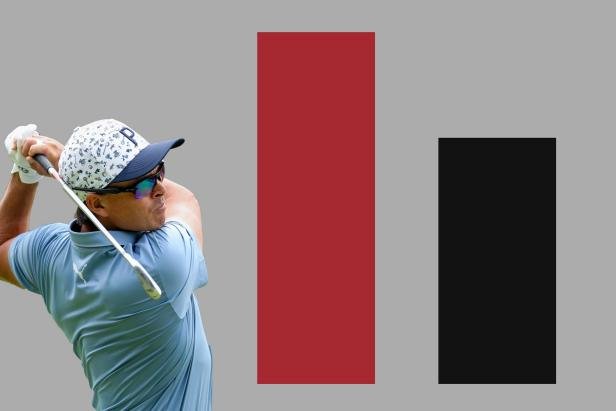In the world of golf, the grip is an essential part of the game that every golfer must master. There are three main types of grips that golfers commonly use: interlocking, overlapping, and 10-finger baseball grip. Interlocking grip is when golfers link their hands together by intertwining the index finger of their lead hand with the pinky on their other hand. This grip is favored by legendary golfers like Jack Nicklaus, Tiger Woods, Ben Hogan, and Rory McIlroy.
On the other hand, overlapping grip involves placing the pinky of the trail hand between the index and middle fingers of the lead hand. Golfers like Harry Vardon, Sam Snead, Arnold Palmer, and Phil Mickelson are known for their use of the overlapping grip. The third type, the 10-finger baseball grip, is less common in golf but involves all fingers touching the club.
A recent analysis of the 2024 PGA Championship field revealed that the interlocking grip is the most popular among players, followed by the overlapping grip. American golfers, in particular, tend to favor the interlocking grip, with over 60% of them using this style. The sole player in the field using a baseball grip is Kyle Mendoza, a PGA professional who found success with this grip after a finger injury.
While there is no scientific evidence to support which grip is best for individual golfers, factors like finger length and hand size can influence the choice of grip. Golf Digest Top 50 teacher Tony Ruggiero suggests that golfers with longer fingers may prefer the overlapping grip, while those with smaller hands may find the interlocking grip more comfortable. Ultimately, the right grip for each player depends on their individual hand shape and comfort level.
Players like Ludvig Aberg emphasize the importance of fundamentals in choosing a grip that feels right for their game. Regardless of the grip style, maintaining proper hand positioning and grip pressure is key to success on the golf course. As golfers continue to refine their skills and techniques, the grip remains a fundamental aspect of the game that can greatly impact performance and consistency.
In conclusion, the golf grip is a crucial element of the game that can significantly influence a player’s performance on the course. Whether you choose an interlocking, overlapping, or 10-finger baseball grip, finding the right grip for your hand shape and comfort level is essential for success in golf. By understanding the different types of grips and their associated benefits, golfers can improve their game and play better golf. So, next time you hit the course, pay attention to your grip and see how it impacts your overall performance.
